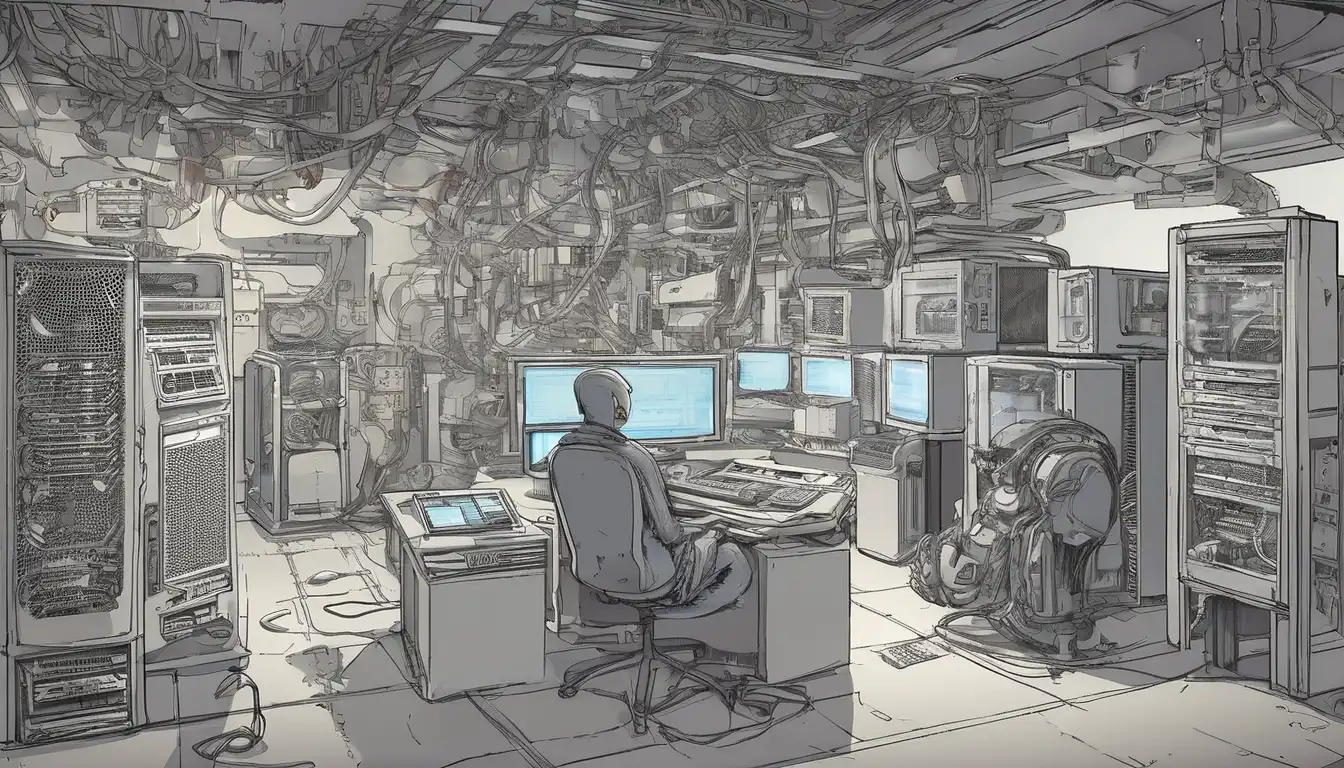Introduction to Computer Component Selection
Building your own computer can be an incredibly rewarding experience, but choosing the right components is crucial for optimal performance and value. Whether you're building a gaming rig, workstation, or everyday computer, understanding how each component works together will help you make informed decisions. This comprehensive guide will walk you through the essential steps to select the perfect components for your needs.
Understanding Your Computing Needs
Before diving into specific components, it's essential to assess your primary use case. Different applications require different hardware configurations. For gaming, you'll need a powerful GPU and fast processor. For content creation, prioritize RAM and storage speed. Everyday computing requires balanced components that offer reliability and efficiency. Consider your budget constraints and future upgrade plans when making decisions.
Gaming Requirements
Gaming computers demand high-performance graphics cards and processors. Look for components that can handle your target resolution and frame rates. Consider whether you'll be playing competitive esports titles or demanding AAA games, as these have different hardware requirements.
Workstation Applications
For professional work like video editing, 3D rendering, or software development, focus on multi-core processors, ample RAM, and fast storage solutions. These applications benefit from components that can handle intensive multitasking and large file operations.
Core Component Selection Guide
Choosing the Right Processor (CPU)
The CPU is the brain of your computer and significantly impacts overall performance. Consider factors like core count, clock speed, and thermal design power (TDP). Intel and AMD offer excellent options across different price points. For gaming, higher clock speeds are often more important than core count, while productivity tasks benefit from more cores. Check our CPU comparison guide for detailed recommendations.
Selecting the Perfect Motherboard
Your motherboard determines compatibility with other components and future expansion options. Consider the chipset, socket type, RAM support, and connectivity features. Ensure it matches your CPU choice and provides adequate ports for your needs. Look for features like multiple PCIe slots, USB ports, and built-in Wi-Fi if required.
Graphics Card (GPU) Considerations
The GPU is critical for gaming and graphics-intensive tasks. Consider your monitor's resolution and refresh rate when selecting a graphics card. NVIDIA and AMD offer options at various price points. Look for cards with sufficient VRAM for your applications and consider power consumption requirements. Our GPU buying guide provides current market recommendations.
Memory (RAM) Requirements
RAM affects multitasking capability and application performance. For most users, 16GB is sufficient, while content creators and gamers may benefit from 32GB or more. Consider speed (MHz) and latency timings, and ensure compatibility with your motherboard. Dual-channel configurations typically offer better performance than single-channel setups.
Storage Solutions: SSD vs HDD
Modern builds should include at least one SSD for the operating system and frequently used applications. NVMe SSDs offer the fastest speeds, while SATA SSDs provide excellent value. Consider adding a larger HDD for mass storage of files and games. The right storage configuration depends on your budget and performance needs.
Power Supply Unit (PSU) Selection
Don't skimp on the power supply – it's the foundation of system stability. Calculate your total power requirements and add a 20-30% buffer. Look for units with 80 Plus certification for efficiency. Modular PSUs make cable management easier and improve airflow within your case.
Case and Cooling Solutions
Your case affects thermals, noise levels, and component compatibility. Consider airflow, build quality, and included fans. For cooling, air coolers offer excellent value, while liquid cooling provides superior thermal performance for overclocking. Ensure your cooling solution matches your CPU's TDP requirements.
Compatibility and Future-Proofing
Component compatibility is crucial for a successful build. Use online tools like PCPartPicker to verify compatibility between your chosen components. Consider future upgrade paths – choose a motherboard with extra RAM slots and PCIe lanes, and a case with room for additional storage drives.
Balancing Your Budget
Allocate your budget wisely across components based on your primary use case. For gaming, prioritize the GPU. For productivity, focus on CPU and RAM. Avoid overspending on components that won't significantly impact your specific needs. Check our budget PC builds for cost-effective configurations.
Performance Optimization Tips
Once you've selected your components, proper configuration ensures optimal performance. Enable XMP profiles for RAM, update BIOS and drivers, and optimize power settings. Monitor temperatures and performance to ensure your components are running as expected.
Thermal Management
Proper cooling extends component lifespan and maintains performance. Ensure adequate case airflow with proper fan placement. Consider aftermarket thermal paste for better heat transfer between CPU and cooler. Regular cleaning prevents dust buildup that can impact cooling efficiency.
Common Mistakes to Avoid
Many first-time builders make avoidable mistakes. These include mismatched components, insufficient power supply, poor cable management, and forgetting necessary cables and connectors. Research each component thoroughly and double-check compatibility before purchasing.
Overlooking Peripheral Compatibility
Ensure your motherboard has sufficient ports for your peripherals. Consider USB requirements, audio jacks, and display outputs. If you need specific connectivity options like Thunderbolt or multiple display outputs, verify motherboard support before purchasing.
Conclusion: Building Your Perfect System
Choosing the right computer components requires careful consideration of your needs, budget, and future plans. By understanding how each component contributes to overall system performance, you can make informed decisions that result in a balanced, efficient computer. Remember that technology evolves rapidly, so consider upgrade paths and future compatibility when making your selections. With proper research and planning, you'll build a system that meets your requirements and provides excellent value for years to come.
For more detailed information on specific components, check our latest component reviews and PC building tips to ensure your build process goes smoothly.
